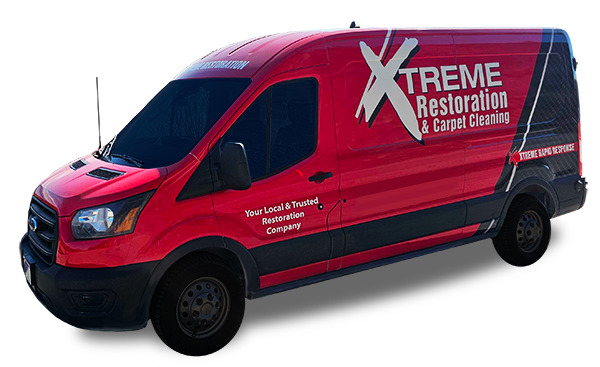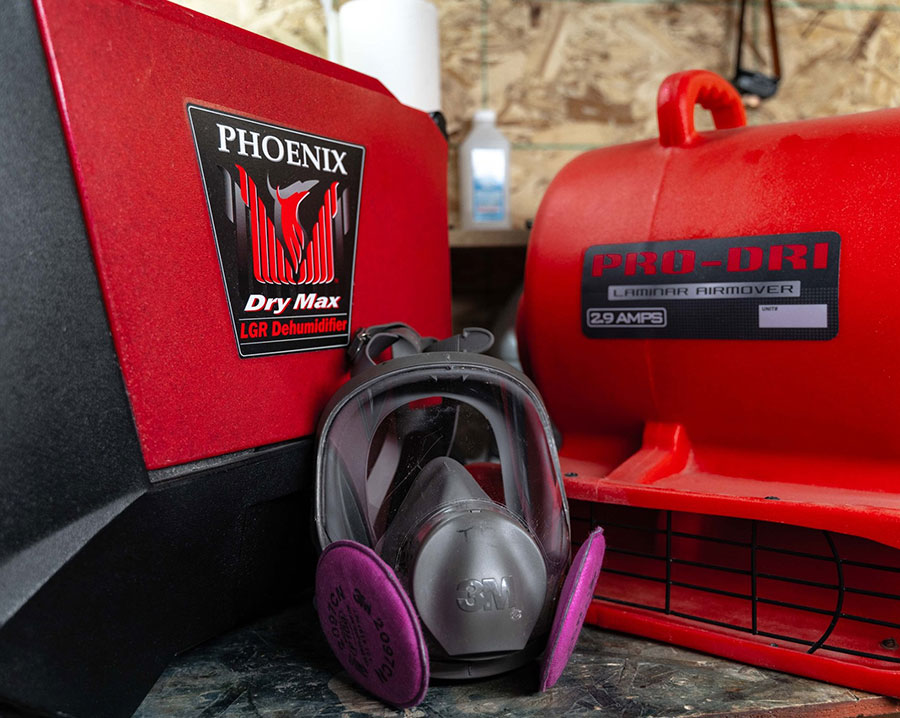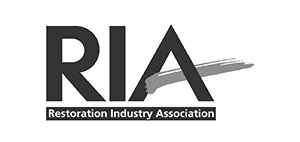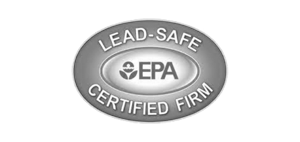Imagine your home suddenly flooded with water. Water damage is more than just wet carpets. It can cause serious structural problems and health risks from mold. The cost to fix it can range from $1,300 to $100,000, depending on the damage. So, can water damage be fixed, or is it permanent?
Water can damage walls, floors, and furniture when it gets into homes. Knowing how much water got in and for how long is key to fixing it. Fixing water damage involves removing water, drying, cleaning, and repairing damaged areas. Quick action stops more damage and reduces risks of mold and structural problems.
In cases of water damage, especially with black water, costs can be very high. For example, fixing ceilings can cost $45-$55 per square foot. Waiting too long can lead to more expenses for mold removal, structural repairs, and replacing furniture. Experts like Xtreme Carpet Cleaning & Restoration stress the importance of acting fast to prevent further damage.
Experts use special tools like dehumidifiers and air circulators to dry and clean materials. They keep an eye on moisture levels to avoid more damage. Cleaning and sanitizing after the water is gone is also crucial to remove dirt and harmful germs.
So, can water damage be fixed? The answer depends on how quickly and well the damage is handled. With fast and skilled action, even badly damaged areas can be restored.
Understanding Different Categories of Water Damage
Understanding the types of water damage is key to fixing it right. There are three main categories, each with its own challenges and health risks.
Category 1 Water Damage: This damage comes from clean water sources. It includes leaks from broken pipes or toilets. It’s important to act fast to avoid contamination.
Category 2 Water Damage: This is called gray water. It has a lot of chemicals, bacteria, or other contaminants. It can make you sick and comes from things like dishwashers or sprinkler systems.
Category 3 Water Damage: This is the worst kind, known as black water. It’s from sewage or floodwater. It’s full of harmful bacteria and needs special care to avoid health risks.
- Clean-Up & Total Restoration: They handle all types of water damage, from clean to black water, ensuring everything is fixed.
- Scope of Services: They do water removal, cleaning, sanitizing, deodorizing, drying, and repairs.
Knowing where the water came from and what type it is is vital. Experts say it’s crucial to fix each type of damage right to avoid more problems and health risks.
Can Water Damage Be Fixed?
Yes, water damage can be fixed. It’s important to restore your property’s safety and structure. Quick and thorough cleanup is key.
First, stop the water source and check the damage. The fix depends on the damage level:
- Drying and Decontaminating: For clean water, drying is enough. Quick evaporation is important.
- Extensive Cleanup: For black water, you’ll need deep cleaning and might replace some materials.
Getting a professional to assess the damage is crucial. Costs vary, with Forbes Home saying the average is $3,300 in 2023. Clean water damage costs about $3.75 per square foot, grey water $4.50, and black water $7.
Pay special attention to ceilings to avoid sagging. Replace severely damaged wood for lasting fixes. Disinfecting is also vital, especially in mold-prone areas.
Preventive steps like diverting water and regular maintenance help. Acting fast, within 48 hours, saves costs and ensures safety.
Conclusion
Whether water damage can be fixed depends on several factors. These include the damage’s severity, how quickly help is sought, and the skills of water damage restoration services. Knowing the different types of water damage is key to responding correctly and mitigating damage effectively.
Getting help quickly is crucial. It stops more damage, prevents mold, and saves water-damaged items. The success of fixing water damage depends on the damage type and its cause. Professional services are vital for big damage that DIY can’t handle.
They use drying, cleaning, mold removal, and fixing structures to tackle water damage fully.
Keeping up with maintenance and knowing flood risks in your area helps prevent water damage. Quick actions like turning off water, removing standing water, and drying areas can lessen damage. With the help of water damage experts, homeowners can protect their homes and keep them safe and lasting.




















